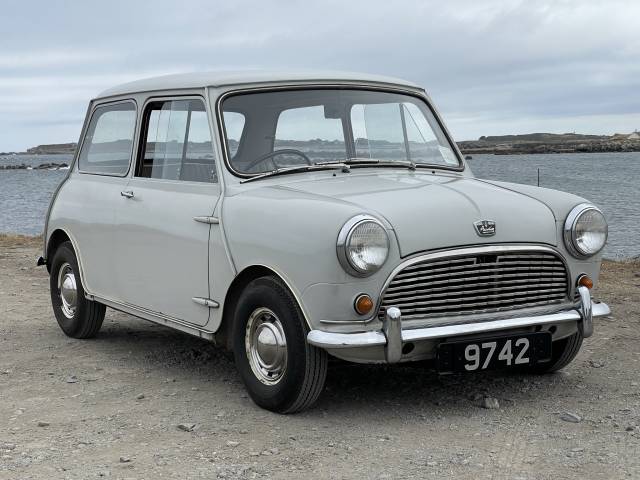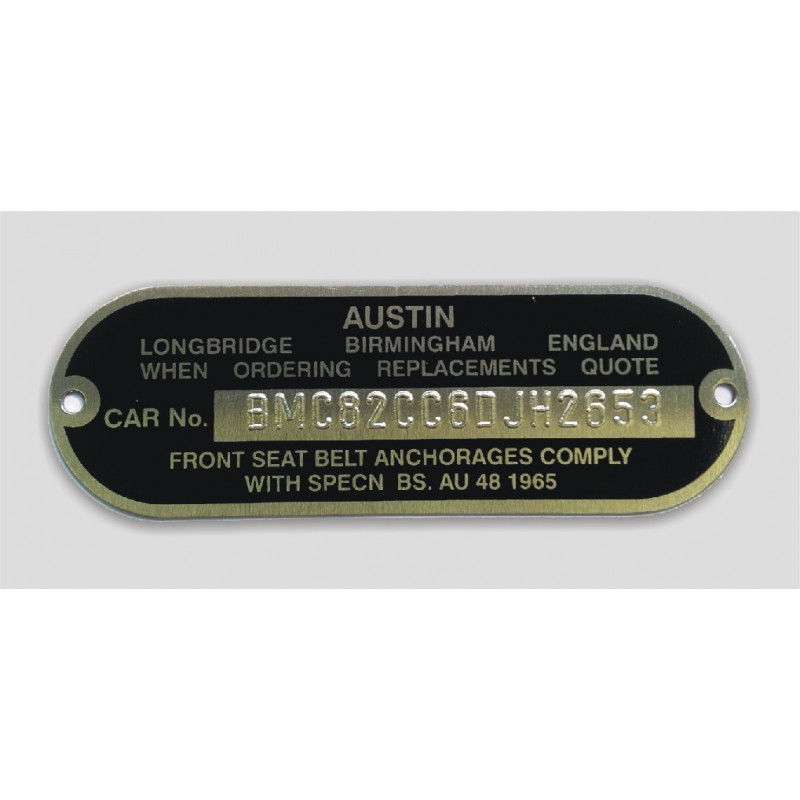
The Austin Motor Company was founded in 1905 by Herbert Austin in Longbridge, Birmingham, England. At the time, Austin was a successful engineer and manager at the Wolseley Tool and Motor Car Company, but he had a vision for creating his own car company.
Austin's first car, the Austin Seven, was released in 1922 and quickly became a popular choice for British consumers. The Seven was small, affordable, and reliable, making it a hit with both city dwellers and rural residents. The car's success helped establish Austin as a major player in the British automobile industry.
In the 1920s and 1930s, Austin continued to release new models, including the Austin 12 and the Austin 16. These cars were larger and more luxurious than the Seven, and they were aimed at a more affluent market. However, they still retained the same reputation for reliability and affordability that had made the Seven so popular.
During this time, Austin also began to expand its business beyond the United Kingdom. The company opened factories in various countries, including Australia, Canada, and South Africa. This helped to increase Austin's global reach and further establish the brand as a major player in the international automobile industry.
As the 1930s came to a close, Austin continued to innovate and release new models. In 1939, the company released the Austin 10, which was a smaller and more affordable car than the 12 and 16. This was a response to the economic difficulties caused by the Great Depression, and it helped to keep Austin's sales strong during this difficult time.
However, the outbreak of World War II in 1939 brought a halt to Austin's car production. The company's factories were retooled to produce military vehicles and other war materials. This meant that Austin was unable to release any new cars until 1944, when the war finally came to an end.
Overall, the history of the Austin Motor Company before 1944 is one of innovation, expansion, and success. The company's founder, Herbert Austin, had a clear vision for creating affordable and reliable cars that would appeal to a wide range of customers. This vision helped to establish Austin as a major player in the British and international automobile industry. Despite the challenges caused by the Great Depression and World War II, Austin's reputation for quality and affordability helped the company to remain strong and continue to innovate.
In the immediate aftermath of the war, Austin struggled to regain its footing in the automotive industry. The company had been heavily involved in the war effort, producing tanks and other military vehicles, and had not focused on the development of new civilian cars. This left them behind the competition in terms of design and technology.

However, in 1948, Austin introduced the A40 Devon and Dorset, which quickly became one of the best-selling cars in the UK. These models were known for their simple, yet stylish design and were priced competitively, making them accessible to a wide range of consumers. The A40 was also the first Austin car to feature a monocoque body, which made it more lightweight and fuel-efficient than previous models.
In the 1950s, Austin continued to release new models and updates to existing ones, including the A50 Cambridge and the A55 Cambridge. These cars were well-received by critics and consumers alike, and helped establish Austin as a leading player in the British car market.
However, by the 1960s, the company was facing increasing competition from foreign manufacturers, particularly from Germany and Japan. To stay competitive, Austin decided to merge with the British Motor Corporation (BMC) in 1952, which also included Morris, MG, and Riley. This merger allowed Austin to access a larger pool of resources and expertise, and helped them to continue producing new and innovative cars.
One of the most notable cars to come out of this merger was the Austin Mini, introduced in 1959. The Mini was a revolutionary car, known for its compact size and fuel-efficient engine, which made it perfect for city driving. The Mini quickly became a cultural icon, and was even featured in the popular British film, The Italian Job.
In the 1970s, Austin was facing financial difficulties and was acquired by the British Leyland Motor Corporation. Despite this, the company continued to produce cars under the Austin brand, such as the Austin Allegro and the Austin Princess. However, these cars were not as well-received as earlier models and struggled to compete with foreign manufacturers.
 By the 1980s, Austin had ceased production and the brand was phased out. However, the legacy of the Austin Motor Company lives on through the many cars that it produced over the years, which are still admired and loved by classic car enthusiasts today.
By the 1980s, Austin had ceased production and the brand was phased out. However, the legacy of the Austin Motor Company lives on through the many cars that it produced over the years, which are still admired and loved by classic car enthusiasts today.
In conclusion, the history of the Austin Motor Company after 1944 is a story of resilience and innovation. Despite facing challenges such as the aftermath of the war and increased competition, Austin managed to establish itself as a leading player in the British car market through the release of popular and innovative models. Though the company no longer exists, the cars it produced continue to be celebrated by car enthusiasts today.
